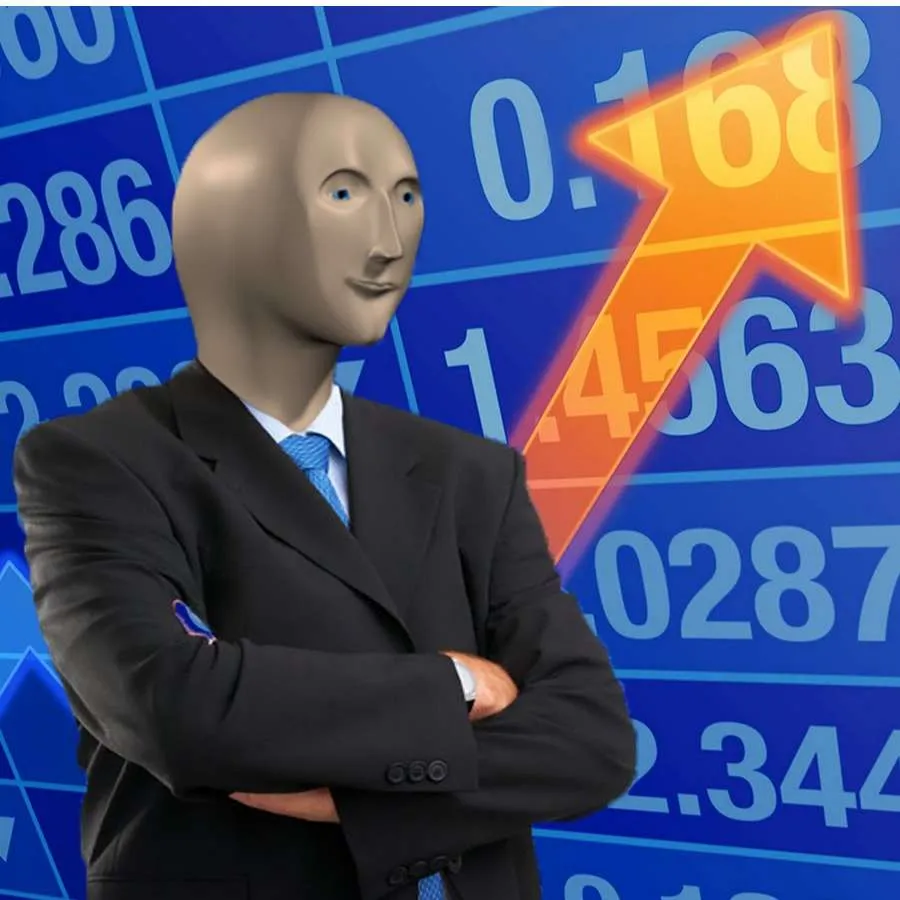Manhattan’s Top Meme Economists Release Forecast
In a press conference that felt equal parts financial summit and comedy show, Manhattan’s newly anointed “meme economists” unveiled their 2026 market forecast this week complete with PowerPoint slides, frog emojis, and a soundtrack of lo-fi beats. These aren’t your typical analysts from the Federal Reserve or Goldman Sachs. They’re part academic, part entertainer, and fully fluent in the absurd dialect of the internet economy. Their job? To interpret the chaotic dance between humor and liquidity, and somehow turn memes into macro indicators.
According to the group’s latest “LOL Index Outlook,” volatility is high, optimism is ironic, and fiscal stimulus may soon be replaced by vibe stimulus. “It’s not about GDP anymore,” said lead economist Dr. Max Memeberg of NYU’s Cultural Finance Lab. “It’s about GDP Gross Digital Participation.”
When Humor Meets Quantitative Analysis
The report, titled “Laughter as Liquidity: A Behavioral Market Outlook for 2026,” predicts that meme-driven financial behavior will outpace institutional sentiment by the second quarter. Using a mix of sentiment-tracking algorithms and Reddit meme velocity data, the economists have built what they claim is the world’s first humor-adjusted inflation model.
According to their findings, “Meme Momentum” has become a reliable market signal. Periods of high social engagement when financial memes spike in popularity tend to precede short-term retail buying surges. “When people start posting Doge gifs again,” said Memeberg, “you can expect a three-day bump in altcoin liquidity followed by regret and memes about regret.”
The team also introduced the VIBE Curve, a new behavioral indicator measuring emotional market cycles. It replaces traditional bull and bear terminology with five phases: Hype, Hope, Cope, Cope Harder, and Lore. The curve, they claim, “better represents the modern investor experience.”
Key Forecasts: What to Expect in 2026
The Manhattan Meme Economists outlined several key projections for the coming year, each delivered with the precision of a macro report and the irony of a stand-up set.
-
Meme Resurgence: Expect a new memecoin cycle driven by nostalgia and short attention spans. “Gen Z traders are showing renewed interest in retro assets,” explained Memeberg. “We’re tracking upward sentiment in Dogecoin, Pepe derivatives, and any token with the word ‘Frog’ or ‘Rent’ in it.”
-
LOL/USD Stability: The humor-backed digital currency index (LOL/USD) is projected to remain volatile but trending positive. “The meme economy is resilient,” said senior analyst Casey Tokenstein. “When optimism dies in equities, it respawns in memes.”
-
Finfluencer Correction: Following last year’s “Finfluencer Fail” wave, the team expects a mild rebound in social finance credibility, led by creators who “can actually explain yield without dancing.”
-
Institutional Meme Adoption: Major Wall Street firms are predicted to expand their “meme monitoring departments.” Goldman, according to rumors, is experimenting with a proprietary Viral Value Framework (VVF) that rates memes on engagement ROI. “It’s alpha meets irony,” Tokenstein said.
-
Cultural Inflation: The report forecasts that cultural inflation defined as the rise in effort required for something to go viral will hit record highs. “To get the same meme engagement you got in 2021,” noted Memeberg, “you now need either a scandal, a cat, or an AI-generated crossover of both.”
From Wall Street to Wall of Memes
The meme economists aren’t fringe voices anymore. Their previous studies on “attention arbitrage” and “meme liquidity shocks” have earned them consulting gigs with hedge funds, social media platforms, and even one central bank experimenting with a “digital humor token.” Manhattan’s financial scene, once dominated by jargon and caffeine, now boasts events like Memeonomics Week, featuring panel discussions titled “Yield Farming for Laughs” and “Volatility as Performance Art.”
One hedge fund manager described the appeal: “We used to model markets based on rational actors. Now we model them based on irrational reactors.” Another added, “If a frog meme can move billions in liquidity, it’s worth a line item.”
The economists argue that ignoring the meme economy is no longer an option. Social sentiment has become a financial variable, and jokes are now early indicators of collective mood swings. “When humor goes bullish,” said Tokenstein, “so does speculation.”
Public Reception: Academic Chaos Meets Viral Fame
Within hours of release, excerpts from the forecast flooded Reddit and TikTok. One viral clip showed Dr. Memeberg pointing to a chart labeled “Correlation Between Laughs and Liquidity” while the caption read: “This man just explained my portfolio in 10 seconds.”
Students across universities have started calling themselves “memeconomists in training,” and business schools are reportedly considering electives like “Meme Theory and Behavioral Finance.” Even CNBC’s morning show gave the report a segment titled “Can Vibes Drive GDP?”—a question no one knows how to answer seriously anymore.
Conclusion
Manhattan’s meme economists have proven that satire can be science if you present it with enough confidence and a PowerPoint template. Their 2026 forecast may sound comedic, but it captures a real financial phenomenon: attention has become the new asset, and humor is its most liquid form.
Markets move on emotion, and memes are simply the digital language of collective emotion quantified, shared, and traded in real time. As one economist put it during the closing Q&A, “In the end, it’s not bulls or bears that run the market it’s the clowns.”




